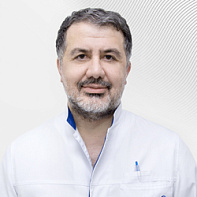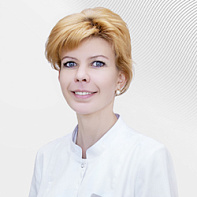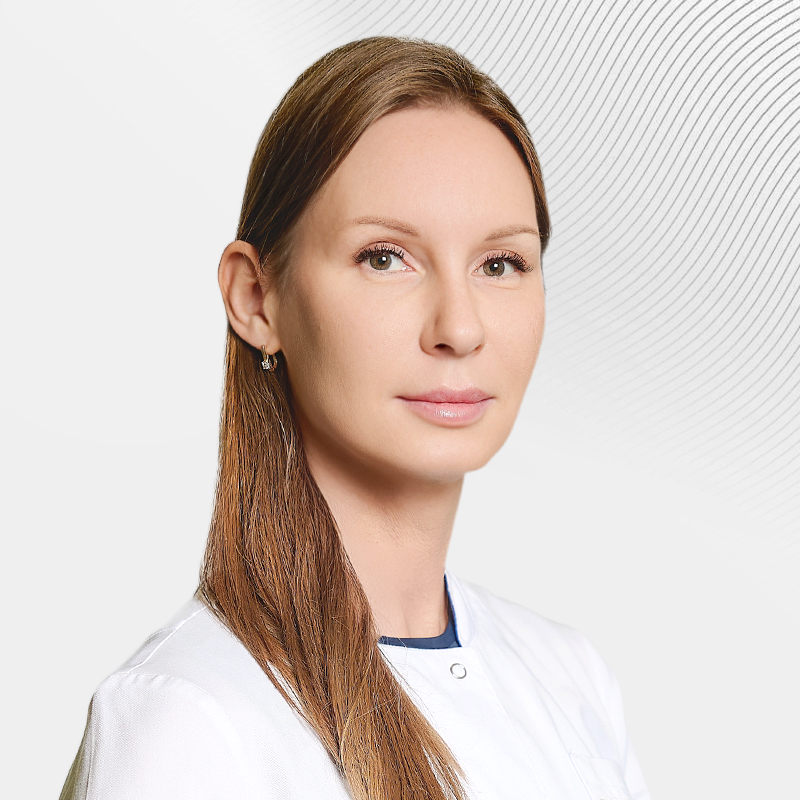One of the most important methods of functional diagnostics in cardiology is echocardiography, which allows noninvasively assessing the function of the myocardium, the geometry of the heart chambers, valves and aorta.
Echocardiography allows you to get an idea of the global and local contractility of the myocardium, the function of the ventricles of the heart, the size of the heart chambers and connections. In addition, this study is the "gold standard" in the diagnosis of heart defects, the detection of abnormal blood flows through valves and septa, and the assessment of the condition of the ascending aorta.
ADVANTAGES OF ECHOCARDIOGRAPHY
- High sensitivity and specificity of the study, which allows obtaining accurate anatomical and hemodynamic information about the patient
- Safety for the patient and the doctor
- Non-invasiveness
- The ability to observe the work of the heart in real time
A feature of echocardiography is its high dependence on the researcher's qualifications. The European Medical Center pays great attention to compliance with the algorithms of echocardiography, their compliance with modern recommendations. In addition, the expert-class equipment (GE Vivid E9) allows you to use the most modern research modes (tissue Dopplerography, assessment of myocardial deformity, transesophageal echocardiography).
INDICATIONS FOR ECHOCARDIOGRAPHY
Echocardiography is indicated primarily for patients suffering from any kind of cardiac disease, since the choice of the volume and tactics of therapy is largely based on the results of the study. The danger is the fact that many cardiac diseases are asymptomatic in the initial period of their development, therefore screening echocardiography is also relevant. Very often, pathology of other organs leads to cardiac complications, and in this regard, regular echocardiography is advisable for a number of diseases (chronic lung diseases, thyroid pathology, diabetes mellitus, blood diseases, systemic connective tissue diseases, joint diseases, etc.). Often, chronic infections lead to damage to the valvular apparatus of the heart, the development of infectious endocarditis, which makes this diagnostic method relevant in this case. The latest clinical recommendations suggest that echocardiography should be widely performed before elective surgery, as well as in people who are professionally involved in sports.
In general, echocardiography is advisable in the following situations::
- Cardiac arrhythmias, rapid/rare heartbeat
- Fainting, dizziness
- Detection of ECG changes
- Prolonged feverish states
- Chest pain
- Shortness of breath, feeling of lack of air
- Edema of the lower extremities
- Visible changes in the cardiac shadow on the chest X-ray
- When a doctor listens to heart murmurs
- Increased or unmotivated decrease in blood pressure
- Burdened heredity for cardiovascular diseases
There are no absolute contraindications to the study, however, echocardiography may become difficult if the patient is overweight, has inflammatory diseases of the breast skin, as well as severe chest deformities. In these cases, transesophageal echocardiography, which is a type of ultrasound examination of the heart using an endoscopic sensor, should be considered.
TRANSESOPHAGEAL ECHOCARDIOGRAPHY
Transesophageal echocardiography is widely used in our clinic. The close proximity of the ultrasound sensor to the heart makes it possible to obtain high-quality images of cardiac chambers and structures, which significantly increases the diagnostic accuracy of the method
The doctor may recommend transesophageal echocardiography in the following situations:
- With poor visualization of the heart during standard transthoracic echocardiography
- Prolonged fever of unknown origin, suspected infectious endocarditis
- To study the structure and function of prosthetic heart valves
- With atrial fibrillation (searching for intracavitary thrombosis), especially in the case of planned restoration of sinus rhythm
- To identify the source of embolism in strokes, transient ischemic attacks
- Before the planned cardiac surgery
- In order to diagnose the condition of the thoracic aorta, to exclude its dissection
- If a defect of the cardiac septum is suspected, as well as in order to choose the type of surgical operation to close it.
The study is performed both under local anesthesia and under general anesthesia. If general anesthesia is chosen, the patient is admitted to the clinic for 2-3 hours. Drug-induced sleep during transesophageal echocardiography is often preferable, as it makes the study more comfortable and informative.
During this study, the patient is positioned on his left side. The pharyngeal cavity is irrigated with a solution of local anesthetic (10% lidocaine aerosol), after which a flexible endoscope is inserted into the oral cavity. Next, the patient is asked to make several swallowing movements and push the endoscope into the esophagus. At the end of the endoscope is an ultrasound sensor that scans the heart and transmits the image to the monitor. The images obtained are stored in the memory of the ultrasound machine, they can be recorded on an electronic medium along with the conclusion of the study.
PREPARATION FOR TRANSESOPHAGEAL ECHOCARDIOGRAPHY
- Refrain from eating for 6 hours before and 2 hours after the study. Also, avoid drinking water for 2 hours after the procedure.
- If you have dentures, remove them in advance.
- Take all necessary medications at least 2 hours before the procedure, with a small amount of water.
- In case of general anesthesia, consider transporting the patient back, as you will not be allowed to drive the vehicle for at least 12 hours. It is not contraindicated to use public transport.
- If you have chronic diseases of the esophagus, pharynx, allergic reactions to lidocaine, or problems swallowing solid food, inform your doctor before conducting the study.
Thus, modern echocardiography is a central study in many clinical situations, allowing us to obtain accurate and timely information about the state of the cardiovascular system. The capabilities of the European Medical Center make it possible to conduct echocardiographic examination at the highest methodological level.
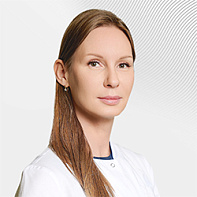
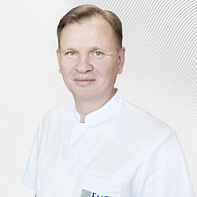
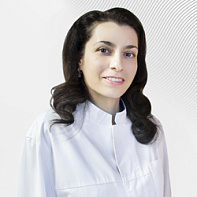
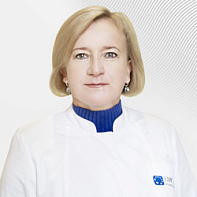
.jpg)
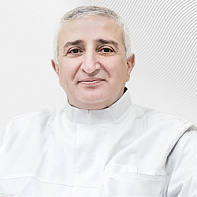
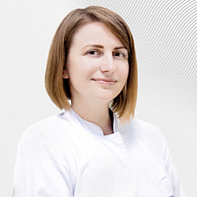
.jpg)
.jpg)
.jpg)
.jpg)
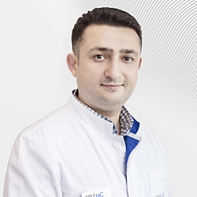

.jpg)

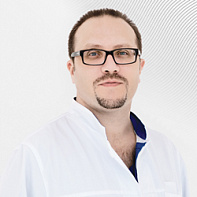
.jpg)
